Meniscal tear is one of the most common knee injuries, affecting the patient's ability to move. This injury often occurs when the knee suddenly rotates during exercise, playing sports or in work accidents, traffic accidents...
Causes of meniscal tears
Any activity that puts a lot of pressure on the joint, while also twisting or rotating the knee joint, especially when bearing the entire weight of the body, can lead to a meniscus tear.
Each knee has two C-shaped meniscus discs located between the medial and lateral joint spaces formed by the femoral condyle and tibial plateau. A meniscal tear causes pain, swelling, and stiffness in the knee. The patient may also feel that the knee is not fully flexed or extended.
There are many causes of meniscal tears in the knee, including risk factors such as:
- Injuries from playing strong sports such as football, tennis, basketball.
- The risk is increased in obese patients.
- For the elderly, it is often due to degeneration. Patients sitting in a chair and standing up suddenly in an unfavorable position can also cause meniscus tears.

A meniscus tear causes symptoms of pain, swelling, and stiffness in the knee.
Symptoms of meniscus tear
When the meniscus is torn, the patient may have the following symptoms:
- Hear or feel a "crack" in the knee as soon as the cartilage tears.
- Pain when twisting or rotating the leg.
- Swelling or stiffness of the knee.
- Difficulty in maximally straightening the knee.
- The knee feels stuck when bending or stretching.
- The pillow feels like it's "falling" apart.
Meniscal tear patients often experience:
- The lower leg feels detached from the body or collapses when walking or moving.
- Loss of control and frequent pain.
- Long-term progression leads to osteoarthritis of the knee.
To diagnose a torn meniscus, the trauma doctor will take advantage of the above medical history characteristics, check the knee's activities in different positions through clinical diagnostic tests, find pain points... In addition, other diagnoses will help determine the disease such as:
- X-rays: Because the meniscus is a cartilaginous structure, it is not visible on X-rays. However, X-rays are valuable in ruling out other hardware injuries that can cause similar pain symptoms.
- MRI scan to get detailed images of both hardware and software. This is the number one imaging test for diagnosing a meniscus tear.
- Knee arthroscopy: In some cases that are still unclear, the doctor will use knee arthroscopy to examine the entire inside of the knee joint and assess the damage. If damage is detected, the doctor can intervene immediately if necessary with some specialized support tools.
Does a torn meniscus require surgery?
Treatment of meniscal tears depends on the morphology, location, size and tear area of the meniscus of the injury that the doctor will prescribe appropriately. Surgery is not necessary in all cases.
Treatments for meniscal tears include:
- Conservative treatment (non-surgical)
Meniscal tears with small tears, accompanied by arthritis, often improve significantly after a period of arthritis treatment. Patients need to have a rest regimen. Should avoid activities that cause strong shock to the knee joint, especially movements that cause twisting and rotation of the knee. If the pain is too much, the patient can use crutches to support walking.
Cold packs and cold towels will help reduce pain and swelling in the knee joint. You can apply them to the knee for 15 minutes at a time and keep the knee elevated. This should be done for the first day or two after the injury.
Medication: mainly use pain relievers.
- Surgical treatment
If all of the above measures are not effective, doctors will consider surgery. Depending on the patient's condition, doctors will choose open surgery or arthroscopic surgery to perform meniscus surgery.
Summary: The meniscus is tightly attached to the joint capsule at the periphery and is related to the movement of the knee joint. The meniscus slides back when the leg is extended and pushes forward when the leg is flexed. If the movement is too strong and sudden, the meniscus can be cracked or torn, which will then become an obstacle that limits joint movement. Therefore, when there are suspicious signs, you should immediately go to a medical facility for examination and treatment.
Dr. Nguyen Hai Son
Source: https://giadinh.suckhoedoisong.vn/sung-dau-goi-canh-giac-voi-rach-sun-chem-khop-goi-172241206225854366.htm






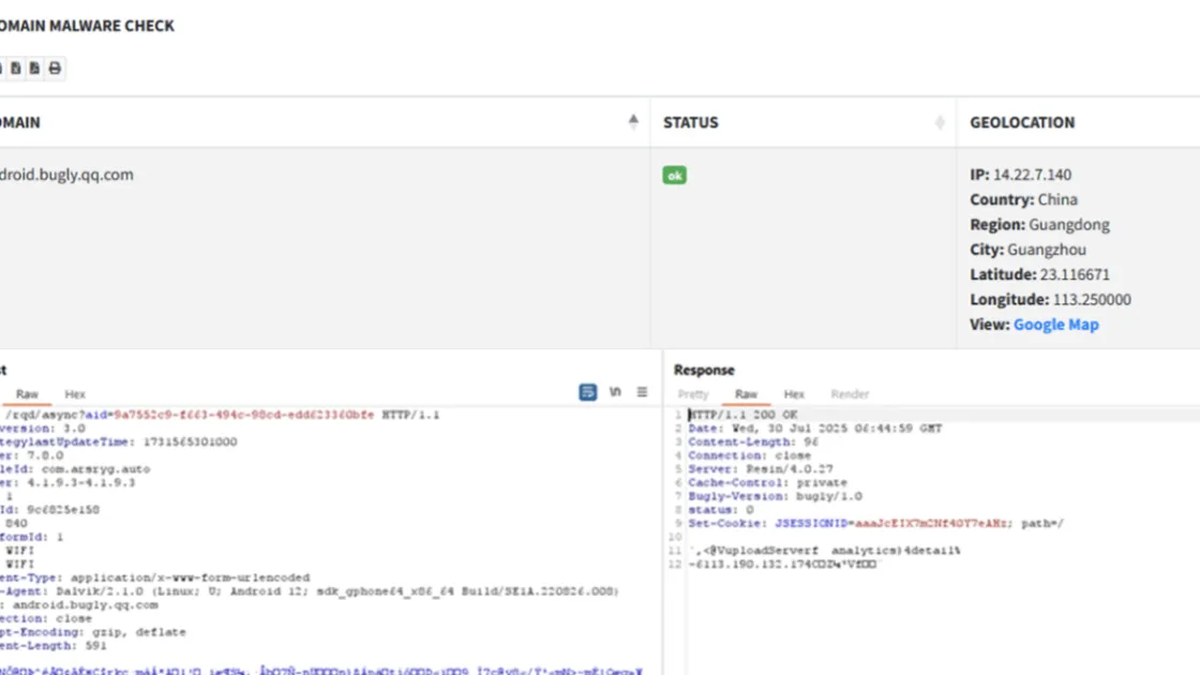
















![[Photo] Nghe An: Provincial Road 543D seriously eroded due to floods](https://vphoto.vietnam.vn/thumb/1200x675/vietnam/resource/IMAGE/2025/8/5/5759d3837c26428799f6d929fa274493)




![[Photo] Discover the "wonder" under the sea of Gia Lai](https://vphoto.vietnam.vn/thumb/1200x675/vietnam/resource/IMAGE/2025/8/6/befd4a58bb1245419e86ebe353525f97)





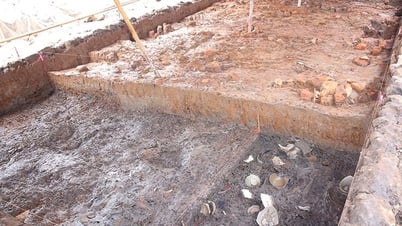









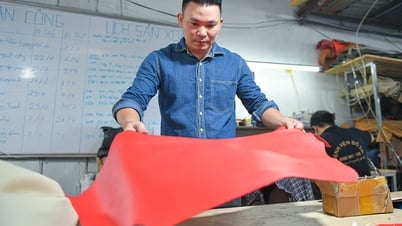













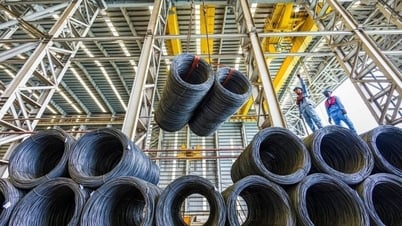
























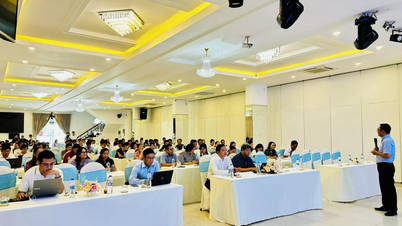


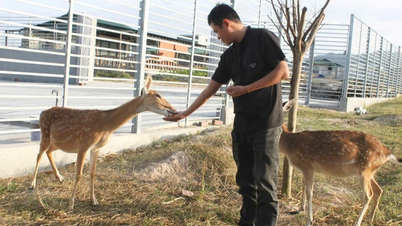










Comment (0)